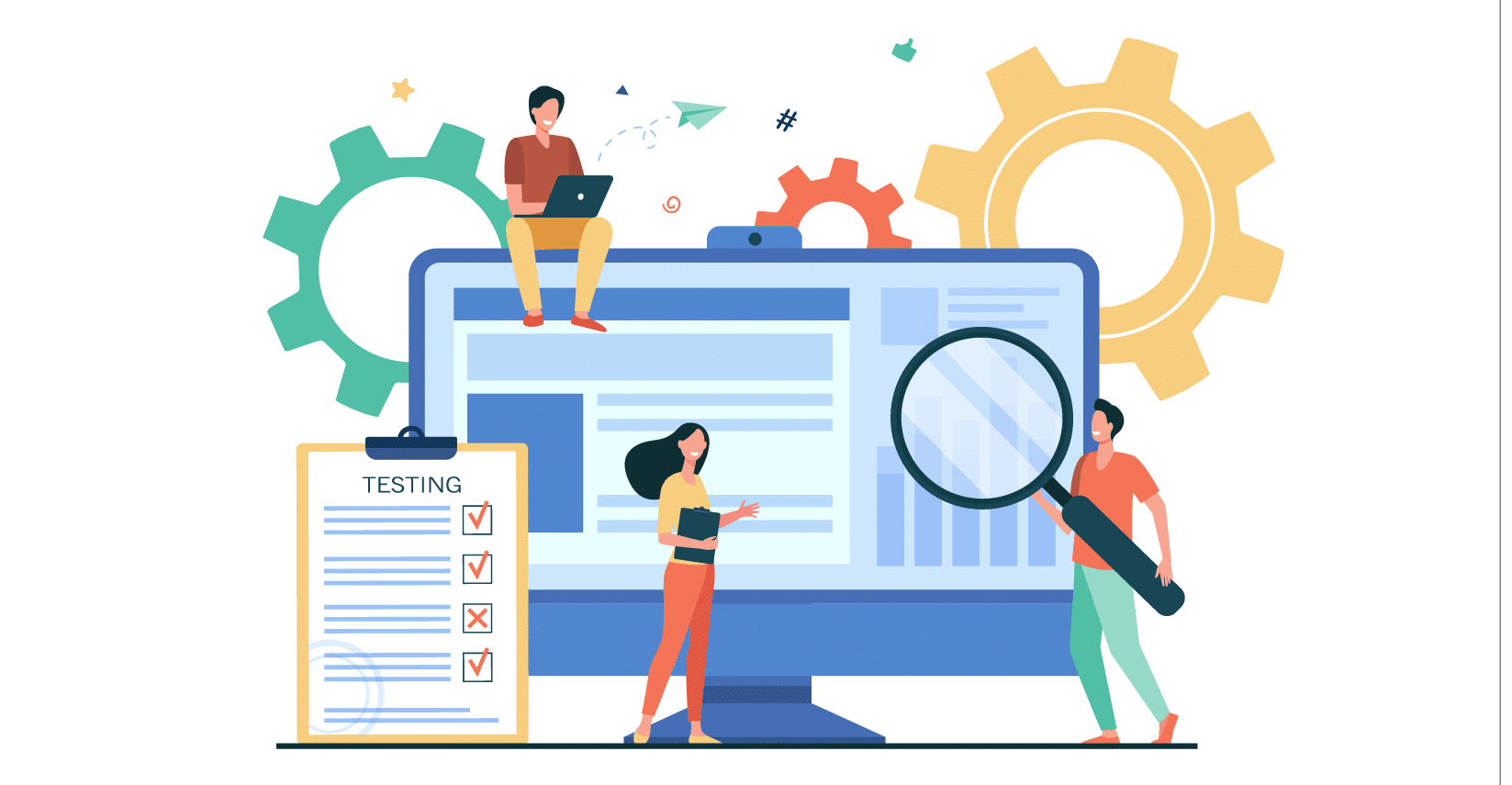On a personal level, substandard customer service experience in a store will compel you to complain and avoid that store in the future.
But, in the digital environment, how can we apply the notion of quality? How can we be confident that the software in charge of delivering customer service would fulfill the required standards?
According to research issued by the Consortium for Information and Software Quality (CISQ), poor quality software cost American businesses more than $2 trillion in 2020. This number is predicted to increase in 2021.
What can you do to avoid such huge losses?
Enhance your software quality, of course.
Let’s dig a bit deeper into why including software quality metrics in your development process can help you immensely.
Benefits of measuring problems and defects
Software QA KPI’s and metrics provide a quantitative foundation for stakeholders to plan and anticipate the software development process. It is widely agreed that focusing on quality improves productivity and creates a culture of continual development.
Data collection is the foundation of measuring software and related components, which allows us to better monitor the development, cost, and quality of software products. It’s crucial to note that you might have items that can be measured directly, such as baseline dimensions, as well as others like faults, effort, and time.
We collect data that is used to regulate software products by monitoring issues and flaws.
The five established measures are:
- Reliability
- Usability
- Security
- Cost
- Efficiency
These measures will determine the level of quality your software has. Establish these metrics in your QA team and notice the improved difference. The following sections go through these measures in more detail:
Reliability
The likelihood that the application will operate error-free in a given period and environment is referred to as software reliability.
Software reliability is, unsurprisingly, a major component of system dependability. Because software represents great design rather than workmanship, it differs from equipment reliability. Ironically, software’s enormous complexity is the primary source of software dependability issues.
Usability
The usability level is concerned with how people understand and utilize the product to accomplish their objectives. This level also relates to the satisfaction of the end-user with the procedure.
To obtain this data, software experts employ a number of techniques to gather customer input on existing websites as well as any plans for a new online location.
There are two sorts of data that may be included in an easy-to-use evaluation: qualitative data and quantitative data.
Quantitative research aims to collect data in a quantifiable, measurable format. Qualitative research is based on the observation and gathering of non-numerical information like emotions, motives, and insights.
Once the information is gathered through qualitative and quantitative data gathering techniques, it (data) can be used to:
- Evaluate the website’s usability.
- Suggest improvements.
- Put the suggestions into action.
- Retest the website to see how successful the modifications were.
Security
The concept of software security is to create software that can continue to function properly in the face of malicious attacks. According to research by IBM, the average cost of a data breach is approximately $3.9 million, thus security is crucial.
By providing security early in the software development life cycle, software security seeks to avoid security vulnerabilities. Security is essentially risk management.
Security metrics can assist you in tracking:
- Percentage of apps that have been hacked.
- Bugs are fixed as a percentage statistic.
- Repair costs as a result of software security vulnerabilities.
- The number of applications that have been evaluated and found to meet or exceed compliance criteria.
- The number of bugs in the code that have made it into production.
- The number of essential applications that need to be thoroughly tested.
Once you’ve established the security aspect of the application under development, you may consider metrics like time-to-market, the cost of unanticipated vulnerabilities, and a slew of other factors that might affect the launch.
Budget and Timelines
In software development and maintenance, rework is a significant cost component. The amount of product-related difficulties and defects, as we all know, has a direct impact on these expenses.
Assessment of issues and mistakes, on the other hand, may help us understand not just where and how problems and errors occur, but also how to detect, avoid, and anticipate costs. Furthermore, with this metric, we can keep these expenditures under control.
These activities are critical for identifying and justifying the necessary funds, deciding whether specific recommendations are acceptable, and ensuring that the software development plan is in line with the overall system strategy. This is also important for determining the number of people allocated to a project and creating an adequate plan foundation and the timeline for successful and meaningful plan management.
Although workload, people, and procedures are the primary drivers of progress, we can assess project progress, uncover process inefficiencies, and forecast barriers that might jeopardize deadlines by using issue and error metrics.
The contractor’s performance is tracked against promises, timelines, and milestones in the planned measurement. Milestone KPIs show you graphical representations of programming activity and scheduled events.
Efficiency
This statistic is based on the amount of software being produced or the average demand divided by the total number of resources available (such as time, workload, etc.).
You don’t have to be a genius to figure out that various teams and engineers have different performance metrics. That makes efficiency even more important, therefore aligning these is probably a smart idea. A more efficient approach would have the teams working on the same job at the same time, with each task being double-checked by the teams to ensure that quality is maintained.
Consider the following as appropriate examples of how efficiency measures may be used in software development:
- Meeting times: Team leaders or scrum masters should compare the scheduled and actual meeting times.
- The length of time between the beginning and the end of a procedure is known as lead time. This is dependent on the team’s quality as well as the project’s complexity, both of which have a direct impact on the project’s cost.
- Developers’ time spent changing, adding, or removing their own code is referred to as code churn.
- Mean Time to Repair (MTTR) and Mean Time to Failure (MTBF)
- Impact: A metric for determining how modifications to the code influence the code.
Software Metrics can make or break your application
The quality of any software development is a critical factor in deciding whether the application will succeed or fail. No one wants their software to break, and it’s a fair bet that the failure will be seen negatively by the code’s end users.
However, given the complexity of software development, we need comprehensive QA metrics to assist us to comprehend the consequences of our modifications and the inner workings of systems, especially as they get larger and more complicated.
You have to set manual tests and also take the help of good QA testing software to manage and track the software quality metrics with accuracy.















































